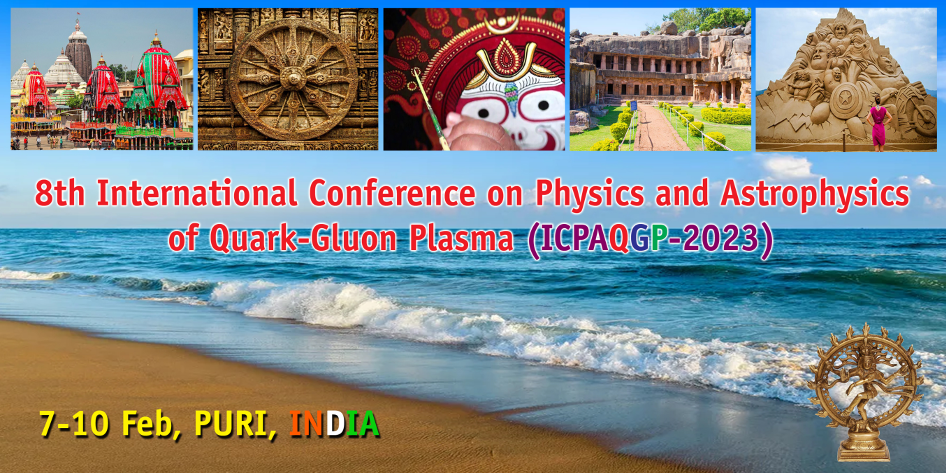CBM is a fixed target heavy-ion experiment at the FAIR facility of GSI Darmstadt, Germany, for
studying the QCD matter at high net-baryon densities and moderate temperature with heavy-ion collisions in the energy range of 2-11~AGeV (for Au nuclei). A Muon Chamber (MuCh) chamber system will perform the task of dimuon detection at CBM. It consists of alternating detector stations and absorber...
The study of the strongly-interacting matter will benefit from larger data samples that will be collected in Run 3, thanks to major upgrades of the ALICE detectors. The main focus will be on rare probes and the study of observables that were not accessible with previous data. The LHC Run 3 has started and pp collisions at the unprecedented centre-of-mass energy of $\sqrt{s} = 13.6$ TeV have...
The model of pinning and unpinning of superfluid vortices is considered the most popular explanation behind pulsar glitches. However, the reason behind the almost instantaneous unpinning of a large number of vortices still needs a proper mechanism. We proposed that the neutron-vortex scattering in the inner crust of a pulsar may be responsible for such vortex unpinning. The strain energy...
Proving the hypothesis on the possible existence of various baryon-rich exotic QCD phases in the core of a pulsar remains a challenge. We suggested a technique of probing the phases by studying the effects of phase transition induced density fluctuations on pulse profile modulation. Such density fluctuations cause the initial moment of inertia tensor of an oblate shape pulsar (with the pulsar...
We investigate the equation of state derived from a dynamical quark model. In particular, we explore how the effect of momentum dependent dispersion relations of the
quasi particle will affect the speed of sound in dense matter.
Effect of diquark gap and connections to other parameterised quark EoS will be explored.

